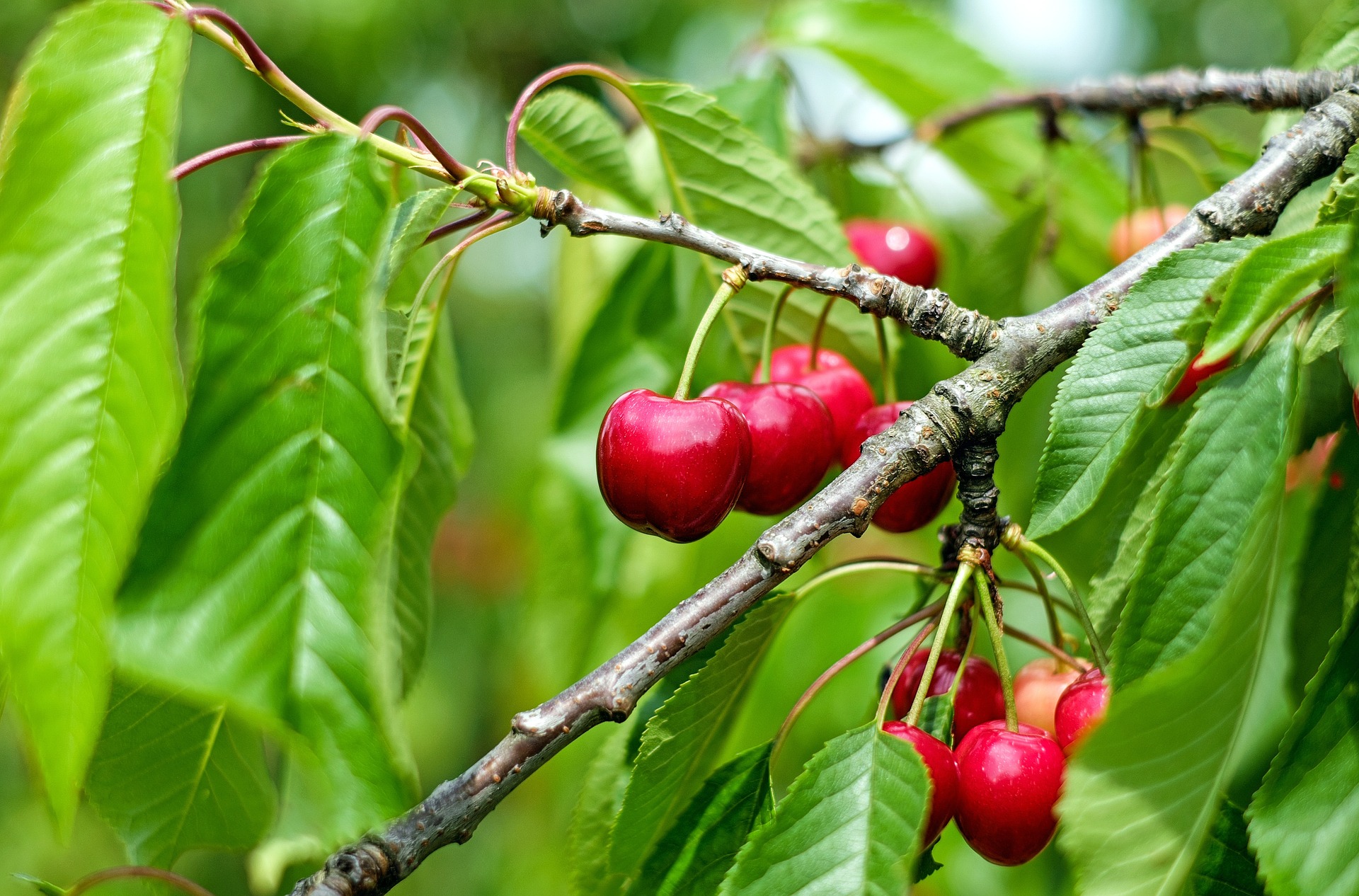How To Grow And Care For A Cherry Tree Plant
Cherries are a popular fruit around the world and loved by many. They are small, round, and usually have a bright red color. They are a juicy and delectable summer treat that everyone looks forward to. Cherry trees are also very pleasing to the eyes, especially when they bloom with pinkish-white flowers during the spring season, and later bear fruits in the summer. Many people dream of planting their cherry trees in their backyard, and if you're one of them, then you're in luck because today we're going to give you a step-by-step guide on how to plant, grow, and harvest cherries. But first, let's take a look at the different types of cherry trees. There are two main types – sweet cherries and sour cherries. Sweet cherries are usually larger and vary in color from light yellow to deep red. They are commonly eaten fresh, while sour cherries, also called tart cherries, are smaller and much tangier in flavor. They are usually used in baking, jams, and sauces. Plant Attributes Cherry trees are very hardy and can grow in a variety of climates, but they do best in colder regions. They require at least 700-800 chill hours (hours below 45°F) during the winter season to ensure that they blossom in spring. Cherry trees also need well-drained soil and full sunlight to thrive. They also require a lot of attention and care to bear their sweet fruits. Plant Care Once you've chosen the type of cherry tree that's perfect for your backyard, it's time to plant it. The ideal time to plant cherry trees is in late autumn, around October or November, when the tree is still dormant. However, you can also plant them in early spring when the soil has thawed, but you'll have to water your tree regularly during the growing season. When planting your cherry tree, make sure that the roots are not out of the ground for too long, to avoid drying out. Dig a hole that is slightly wider than the root ball and deep enough to bury it entirely. Add compost to enrich the soil and provide nutrients for the tree. Water the tree thoroughly immediately after planting. Cherry trees grow well in a variety of soils, but they prefer well-drained, loamy soil that's rich in organic matter. They also require regular deep watering, especially in the first few years of growth, to help them establish root systems. Lastly, fertilize your cherry tree sparingly once a year, around mid-spring or early fall, to help it grow healthily. Pruning Pruning is an essential part of maintaining the health of your cherry tree. It helps to promote proper growth, increase fruit production, and maintain the shape of the tree. Prune your cherry tree in late winter or early spring before the tree starts to bloom. Remove any dead or diseased wood, and cut back any crossed, rubbing, or weak branches. Leave enough room for the remaining branches to grow and sufficient space for sunlight and air circulation. Propagation If you want to propagate your cherry tree, you can do so through cuttings or grafting. However, keep in mind that it's challenging to get a plant that is true to the parent tree's variety, especially with cherries. They usually require a specific rootstock, and the process can be quite complex. Potting & Repotting Cherry trees can be grown in pots or containers if you're limited on space or have poor-quality soil. However, they require a significant amount of maintenance, frequent watering, and fertilization. When repotting your tree, use well-draining soil, and a pot that's at least two times the size of the root ball. Common Pests & Plant Disease Cherry trees are susceptible to several pests and diseases. Some of the most common include cherry fruit fly, cherry slug, aphids, and brown rot. To prevent these pests and diseases, make sure that you prune regularly, remove any fallen fruit or leaves, and take action as soon as you notice any signs of damage. Common Problems One of the most common problems with cherry trees is not getting enough fruit production. This can be due to several reasons, including a lack of pollination, poor soil quality, or incorrect pruning methods. To ensure that your tree bears an abundant harvest, make sure that it has access to enough sunlight, water, and nutrients. Prevent pests and diseases, and prune your tree correctly. In conclusion, cherries are a delightful fruit and a great addition to your garden. With the proper planting, care, and attention, you can grow your cherry tree and enjoy sweet, juicy fruits every summer. Remember to choose the right type of cherry tree, plant it in well-draining soil and a sunny spot, prune it regularly, and take action to prevent pests and diseases. With this guide, you'll be able to grow your cherry tree successfully and enjoy its delicious fruits for years to come. 



www.pinterest.com

www.gardeningknowhow.com

www.almanac.com
Post a Comment for "How To Grow And Care For A Cherry Tree Plant"